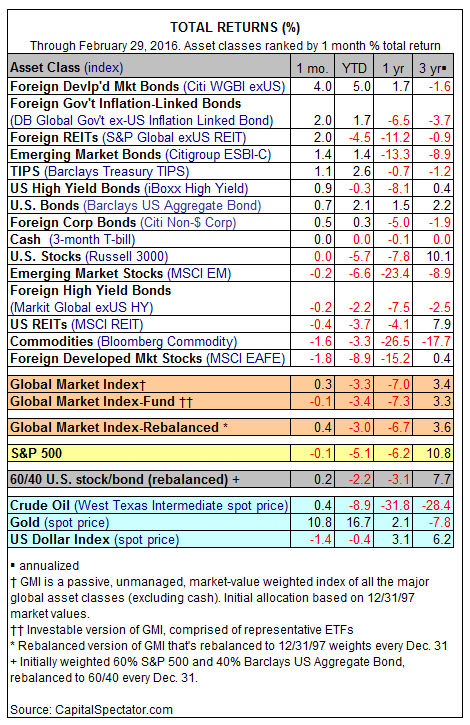Class B shares seem like one of the most misunderstood, maligned vehicles around. (I'm not defending load funds here, just looking at reputation vs. numbers.)
FYI: Class B Shares:: (Source Investopedia)
[...]
Cons
Long Time Horizon Required - If you withdraw funds within a certain period of time (typically five to eight years) you are a charged a back-end or deferred sales charge.
No Breakpoints - Class B shares do not provide breakpoints on the deferred sales charge, so regardless of how much you invest, there is no discount on these charges.
Higher Expense Ratios - Class B shares charge higher expense ratios than both Class A and C shares, until shares are eligible to be converted to Class A.
One of those cons is accurate, and IMHO the only objective negative to B shares (relative to A shares) - they don't give you a break in your commissions (loads) for larger portfolios.
There is one other downside but that has to do with psychology (marketing), not numbers. B shares are/were sold as "putting
100% of your money to work", implying that they were superior to A shares where you pay a load up front. Because of the higher
12b-
1 fee (embedded load), B shares put some of that money to work for your broker, not for you. The structure made for an easier sale, but no clear advantage (or disadvantage) relative to A shares.
That gets us to the first dubious con: long time horizon required because of the deferred sales charge. A shares charge the full load up front. B shares amortize that load over several years, by charging an extra 0.75% (typical) in
12b-
1 fees annually. Once the load has been amortized, they convert to A shares. If you sell early, then you have to pay that part of the load that hasn't yet been amortized - that's the deferred sales charge. The bottom line is that you wind up taking the same hit on return (due to the load) as with A shares whether you hold B shares for a long time (in which case you've paid the whole load over time), or whether you sell them quickly (in which case you've paid most of the load in a lump sum - just like A shares).
The other con listed - that B shares tend to have higher expenses than C shares - is just wrong. B and C shares typically have the same ERs, give or take a few basis points. That's because they both generally add a
1.00%
12b-
1 fee and have the same management fees. The rest ("other expenses") is noise.
A good example is Fidelity Advisor Freedom® 2005 Fund. Here's M*'s
purchase page, that shows the ERs for each share class. It is
1.00% for B shares and for C shares. This fund is great for showing the pure difference between share class expenses. As a Fidelity fund of funds it charges 0.00% for the fund; any extra fee is due strictly to the share class sales structure (i.e. load - front, back, level or combo).
The
summary prospectus shows the ERs as
1.56%, because that includes the cost of the underlying funds (0.56%).
To reiterate, I am not defending load funds. I am saying that B shares are usually misrepresented (both on the positive side as I noted above, and on the negative side as by Investopedia).


